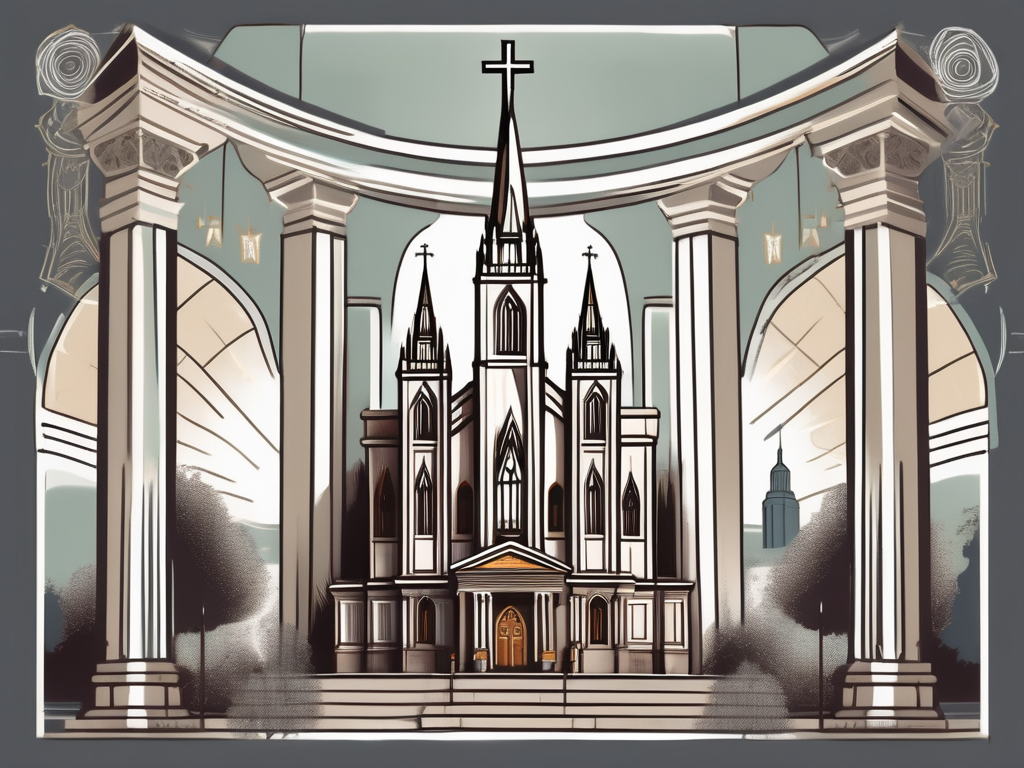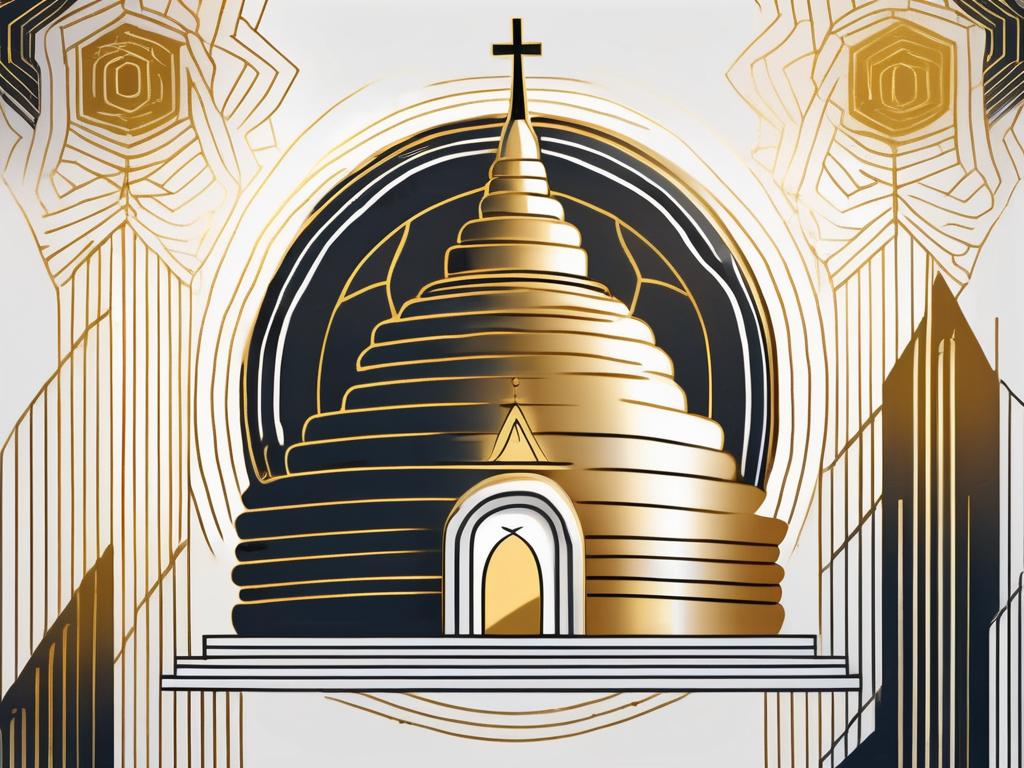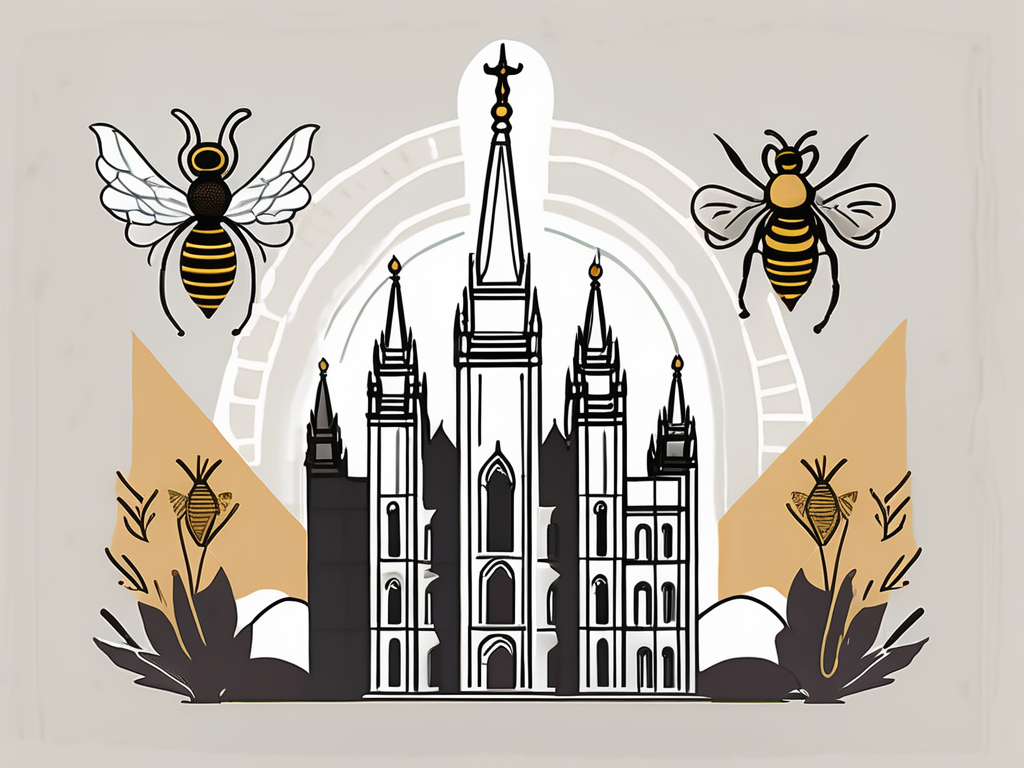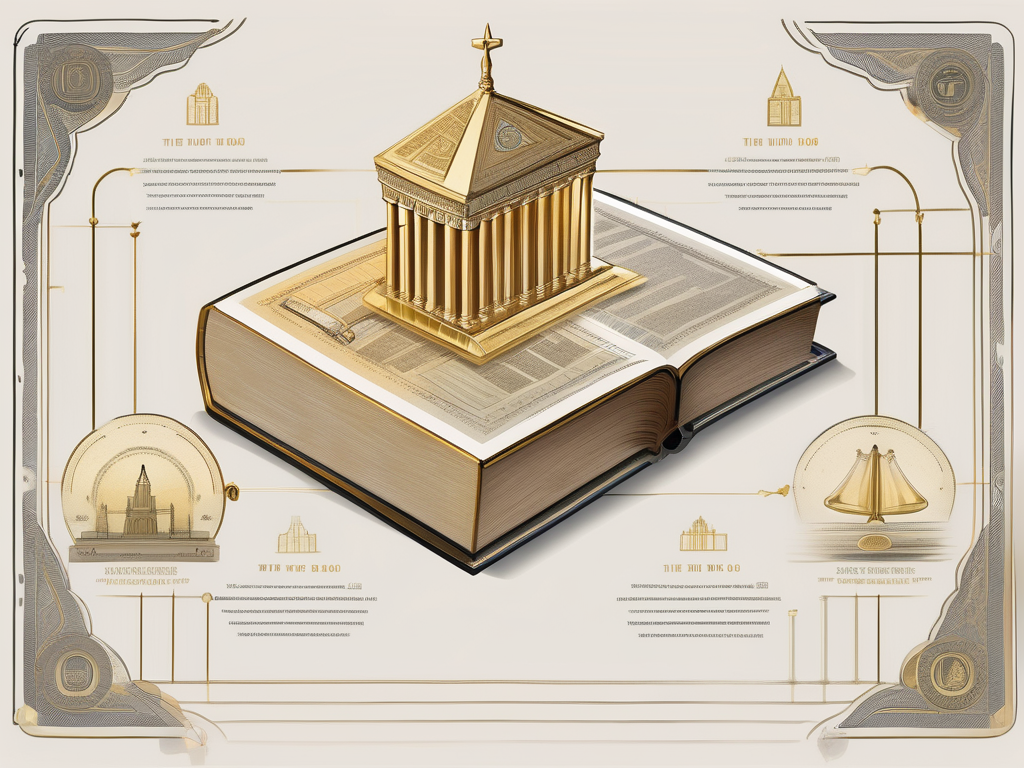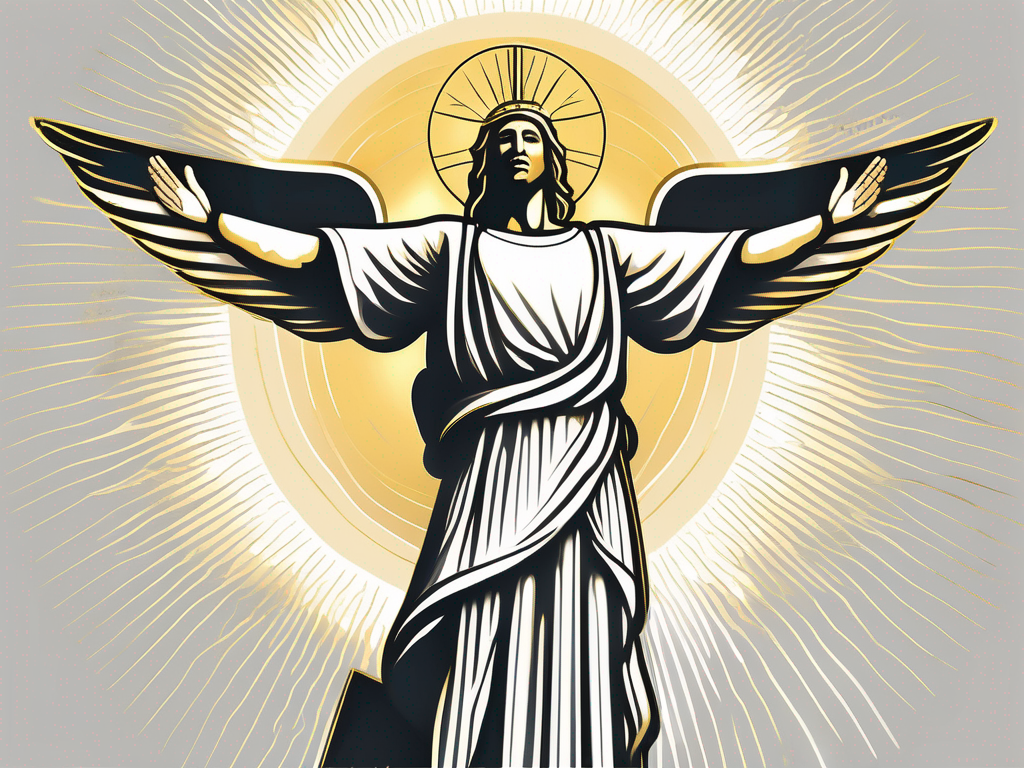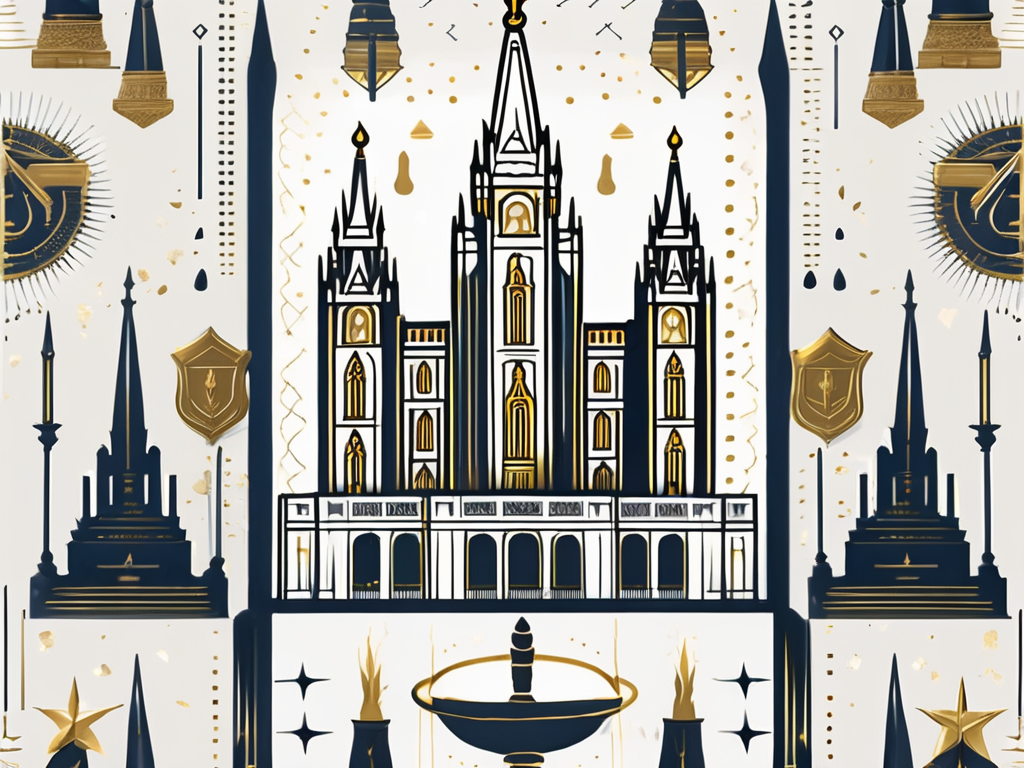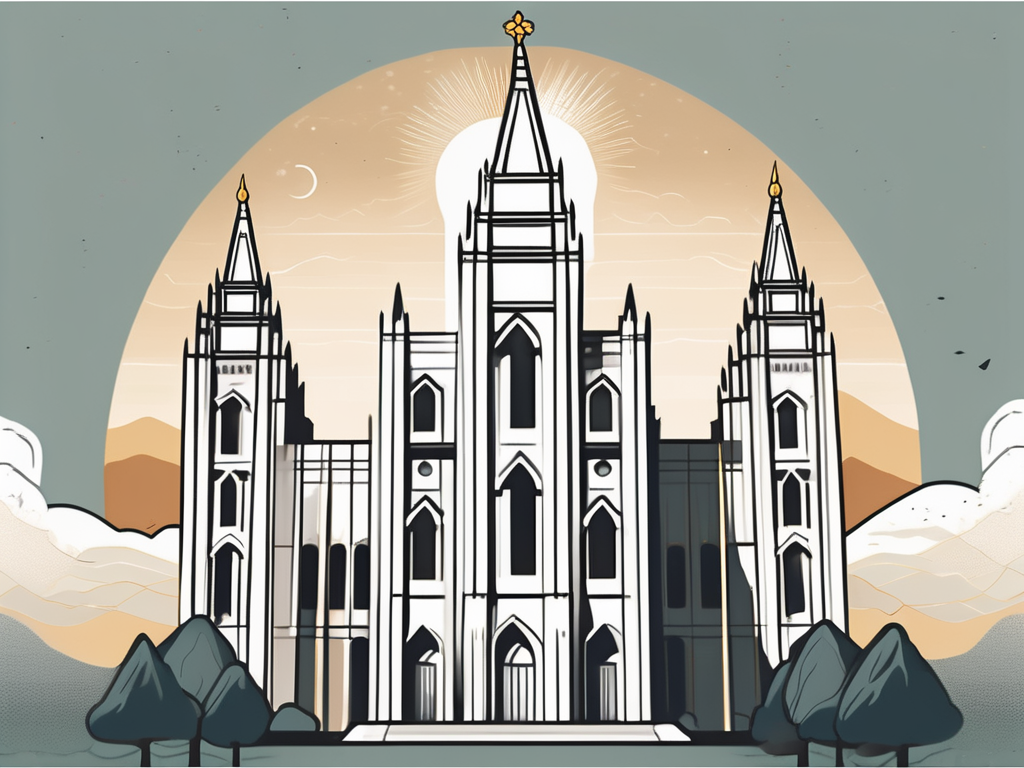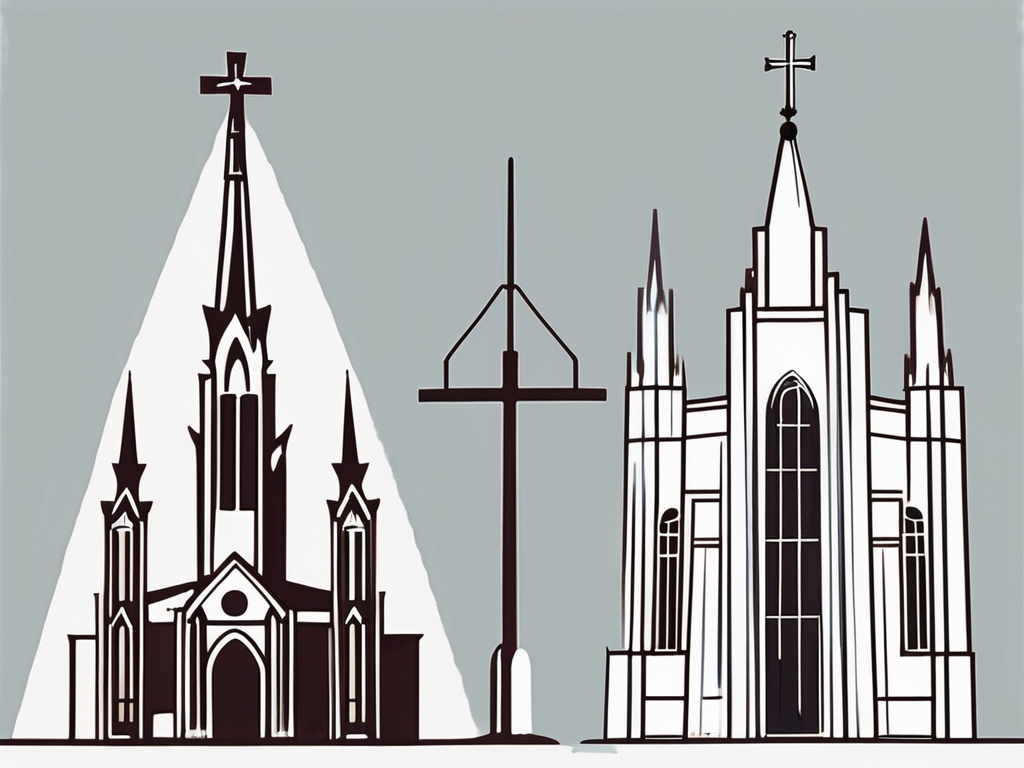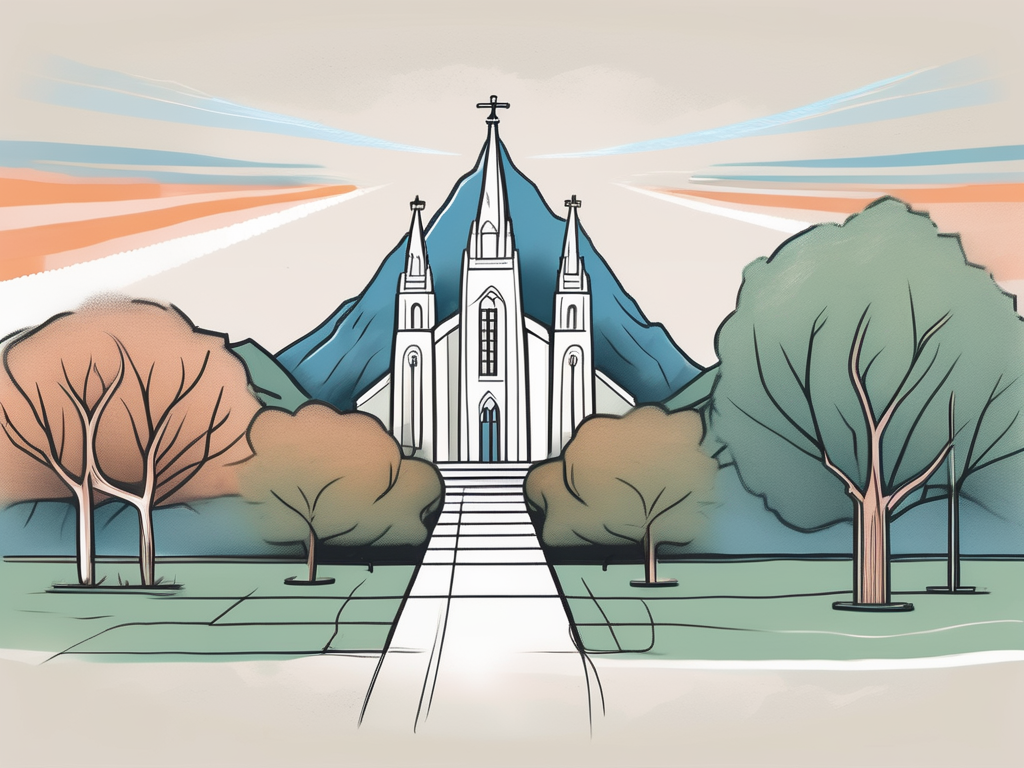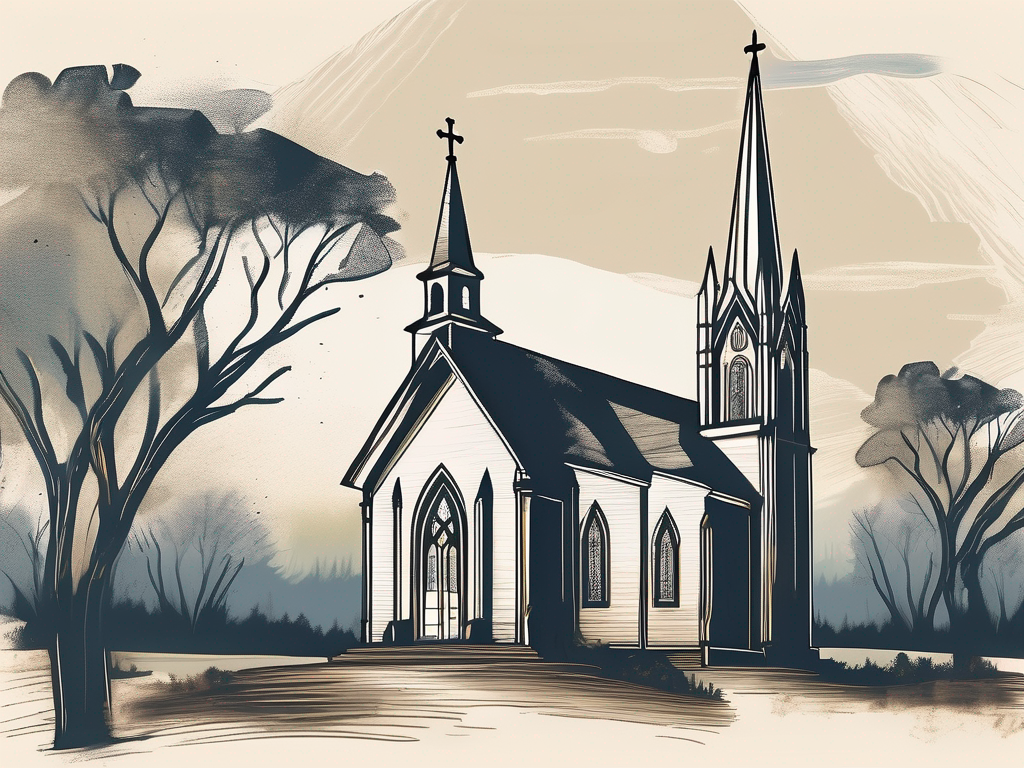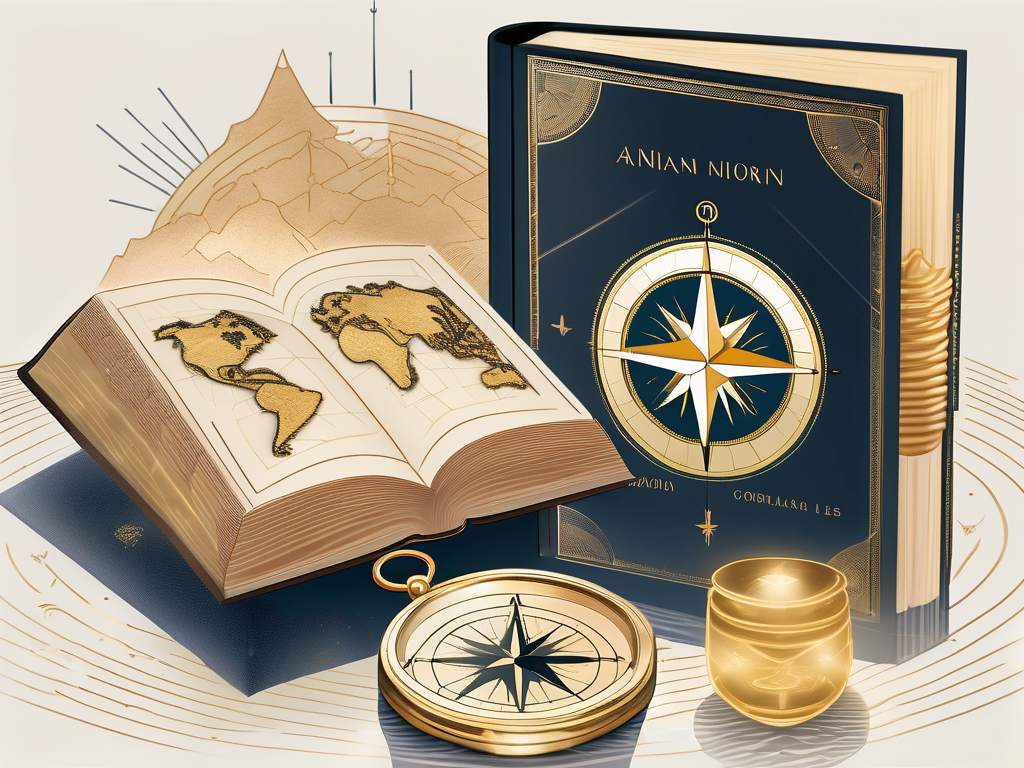The Mormon Church, formally known as The Church of Jesus Christ of Latter-day Saints, has a fascinating and complex history that spans nearly two centuries. From its humble beginnings in upstate New York to its global influence today, the Mormon Church has made a significant impact on both religious and cultural landscapes. In this article, we will dive deep into the origins, beliefs, controversies, and growth of the Mormon Church, as well as its current role in society.
The Origins of the Mormon Church
At the heart of the Mormon Church lies a captivating story of divine revelation and religious restoration. It all began in the early 19th century when a young man named Joseph Smith claimed to have received a series of visions from God and Jesus Christ. Inspired by these divine encounters, Smith translated what he believed to be an ancient record of an ancient scripture known as the Book of Mormon.
The Book of Mormon, according to Smith, was a sacred text that provided a new perspective on the teachings of Jesus Christ. It claimed to be a record of ancient prophets who lived in the Americas and had interactions with God. This revelation was seen by Smith and his followers as a restoration of true Christianity, a return to the original teachings of Jesus.
H3: The Founding Figures and Their Vision
Smith, along with his close associates such as Oliver Cowdery and Sidney Rigdon, set out to establish a new religious movement based on these revelations. Their vision was to restore Christianity to its purest form, free from what they perceived as the corruption and apostasy that had plagued traditional Christian churches.
Oliver Cowdery, a schoolteacher and scribe, played a crucial role in the early days of the Mormon Church. He served as a scribe for Smith during the translation of the Book of Mormon and later became one of the church’s first apostles. Sidney Rigdon, a former Campbellite preacher, brought his knowledge and experience to the movement, helping to shape its doctrines and organization.
H3: Key Events in the Early Years
The early years of the Mormon Church were marked by both triumphs and trials. Smith and his followers faced persecution and hardship as they sought to spread their message to a skeptical world. They were often met with hostility and violence, which led to the church’s migration from New York to Ohio, and later to Missouri and Illinois.
One of the key events in the early years of the church was the publication of the Book of Mormon in 1830. This marked a significant milestone for the movement, as it provided a tangible and authoritative text for believers to study and share with others. The book quickly gained popularity among those seeking a new religious experience and attracted converts from various backgrounds.
Another important event was the establishment of the city of Nauvoo in Illinois. Nauvoo became the headquarters of the church and a gathering place for Mormons from all over. It was here that the church flourished, with a thriving community and a growing number of followers. However, tensions with the surrounding non-Mormon population eventually led to conflict and Smith’s arrest and subsequent martyrdom in 1844.
In conclusion, the origins of the Mormon Church are rooted in the visions and revelations received by Joseph Smith. The early years were filled with challenges and triumphs as Smith and his followers sought to establish a new religious movement based on their unique beliefs. The publication of the Book of Mormon and the establishment of Nauvoo were significant milestones in the church’s history, shaping its growth and development.
Theological Beliefs and Practices
The Mormon Church has several distinctive doctrines and practices that set it apart from other Christian denominations. One of the most well-known beliefs of the church is its emphasis on continuing revelation, which allows for modern-day prophets and ongoing scripture.
H3: Distinctive Doctrines of the Mormon Church
Central to Mormon theology is the belief in a literal restoration of the gospel and the priesthood authority. This belief stems from the belief that after the death of Jesus Christ and his apostles, the original Christian Church fell into apostasy, losing the true teachings and authority. Mormons believe that through Joseph Smith, the founder of the Mormon Church, the true Church was restored, complete with the authority to act in God’s name.
Mormons also believe in the concept of eternal families, where marriages performed in temples can extend into the afterlife. This belief brings comfort and hope to Mormon families, as they strive to live in accordance with God’s commandments and create strong, loving relationships that can endure beyond death.
H3: Sacred Rituals and Ceremonies
Rituals and ceremonies play a significant role in the Mormon Church. Baptism, both for the living and the deceased, is an essential ordinance. Mormons believe that baptism is necessary for salvation and that it cleanses individuals from sin, allowing them to start anew in their commitment to follow Jesus Christ.
Additionally, Mormons participate in temple endowment ceremonies, which involve symbolic teachings, covenants, and promises. These ceremonies are considered sacred and are only accessible to Mormons who have demonstrated their commitment to the faith and have received a temple recommend. Through these ceremonies, Mormons believe they receive additional knowledge and blessings from God, strengthening their faith and commitment to living a righteous life.
Within the temple, Mormons also perform sealing ceremonies, where families can be sealed together for eternity. This sealing ordinance is seen as a way to ensure that families can be together in the afterlife, creating a sense of eternal unity and love.
The Mormon Church places great importance on these rituals and ceremonies, viewing them as sacred and essential for spiritual growth and progression. They serve as a way for individuals to make covenants with God, deepen their understanding of the gospel, and strengthen their relationship with their Heavenly Father and Jesus Christ.
Expansion and Growth of the Church
Despite facing numerous challenges, the Mormon Church has experienced remarkable growth and expansion throughout its history. This section explores the significant factors that contributed to the church’s expansion and its impact on both local communities and the larger world.
H3: Missionary Work and Global Outreach
One of the driving forces behind the growth of the Mormon Church is its extensive missionary program. Thousands of young men and women serve as full-time missionaries, spreading the teachings of the church across the globe. This commitment to missionary work has resulted in a diverse and international congregation of believers.
The missionaries of the Mormon Church undergo rigorous training and preparation before embarking on their missions. They learn foreign languages, study the scriptures, and receive instruction on effective communication and cultural sensitivity. Armed with this knowledge, they venture into unfamiliar territories, immersing themselves in new cultures and communities.
These missionaries often face challenges and obstacles as they strive to share their faith. They encounter language barriers, cultural differences, and sometimes even hostility. However, their dedication and perseverance enable them to overcome these hurdles and make meaningful connections with individuals and communities around the world.
Through their efforts, the Mormon Church has established a strong presence in numerous countries, with vibrant congregations in places as diverse as Brazil, South Korea, Ghana, and Australia. The missionaries not only introduce people to the teachings of the church but also provide support and assistance to those in need, fostering a sense of community and belonging.
H3: The Church’s Influence in America
Over the years, the Mormon Church has also become increasingly influential in American politics and culture. From its early involvement in the settlement of the American West to the activism of its members in various social causes, including the civil rights movement and women’s rights, the church has played a significant role in shaping the nation’s history.
When the Mormon pioneers migrated to Utah in the mid-19th century, they faced a harsh and unforgiving landscape. Through their perseverance and hard work, they transformed the arid desert into a thriving community. The principles of self-sufficiency, cooperation, and industry that guided their efforts continue to be central to the church’s teachings and values.
As the Mormon Church grew in numbers and influence, its members actively participated in the political and social life of the nation. They advocated for the abolition of slavery, equal rights for women, and the preservation of religious freedom. Notable figures such as Brigham Young and Eliza R. Snow played pivotal roles in these movements, using their positions of leadership to effect positive change.
Today, the Mormon Church continues to engage in social and humanitarian initiatives, addressing issues such as poverty, disaster relief, and education. Its members are encouraged to be active participants in their communities, promoting positive values and making a difference in the lives of those around them.
Controversies and Challenges
Like any religious institution, the Mormon Church has not been immune to controversy and challenges. This section examines two significant issues that have garnered attention and sparked debate throughout the church’s history.
H3: Polygamy and the Mormon Church
One of the most well-known controversies surrounding the Mormon Church is its historical practice of polygamy. For many years, polygamy was an accepted practice among certain members of the church, although it was officially discontinued in 1890. However, the legacy of polygamy continues to influence public perceptions of the church.
During the early years of the church, the practice of polygamy was seen as a religious duty and a way to fulfill biblical teachings. However, it was met with strong opposition from the wider society, leading to conflicts and legal battles. The controversy surrounding polygamy reached its peak in the late 19th century when the United States government passed laws criminalizing the practice. This resulted in a period of persecution and forced the church to make significant changes.
Today, the Mormon Church strictly prohibits the practice of polygamy and excommunicates members who engage in it. However, there are still splinter groups and individuals who continue to practice polygamy, often distancing themselves from the mainstream church.
H3: Racial Issues and Reforms
Another area of controversy in the church’s history relates to its past policies concerning race. For many years, individuals of African descent were not allowed to hold the priesthood or participate in certain temple ordinances. This policy, commonly known as the “priesthood ban,” created significant challenges and tensions within the church.
The origins of the priesthood ban can be traced back to the mid-19th century when Brigham Young, the second president of the church, implemented the policy. It was believed that people of African descent were cursed and therefore ineligible for the priesthood. This policy remained in place for over a century, causing deep pain and frustration among Black members of the church.
In 1978, however, church leaders announced a revelation that reversed these policies, marking a significant milestone in the church’s ongoing efforts towards racial equality. This revelation, known as the “Official Declaration 2,” opened the door for all worthy male members, regardless of race, to hold the priesthood and participate fully in temple ordinances.
The lifting of the priesthood ban was met with mixed reactions. While many celebrated the change as a step towards inclusivity and equality, others struggled to reconcile the church’s past teachings with the new revelation. The church has since made efforts to address and apologize for the pain caused by the priesthood ban, emphasizing the importance of love, acceptance, and understanding among all members.
These controversies and challenges have shaped the Mormon Church’s history and continue to influence its present-day dynamics. The church strives to learn from its past, promote unity, and navigate the complexities of faith, tradition, and societal expectations.
The Mormon Church in the Modern Era
In recent years, the Mormon Church has evolved and adapted to the changing social and cultural landscape. This section explores the church’s current role in addressing contemporary issues and its vision for the future.
H3: The Church’s Role in Social Issues uni
The Mormon Church has taken a stance on various social issues, including same-sex marriage and gender roles. While the church upholds traditional marriage between a man and a woman, it also encourages its members to show understanding and compassion towards those with differing beliefs and orientations.
H3: The Future of the Mormon Church uni
As the Mormon Church continues to grow and evolve, questions arise about its future trajectory. How will the church address the changing demographics and social attitudes of its members? What new challenges and opportunities will it face? Only time will tell. Nevertheless, one thing is certain—the rich history of the Mormon Church has laid a foundation that will continue to shape its future and the lives of its followers.
